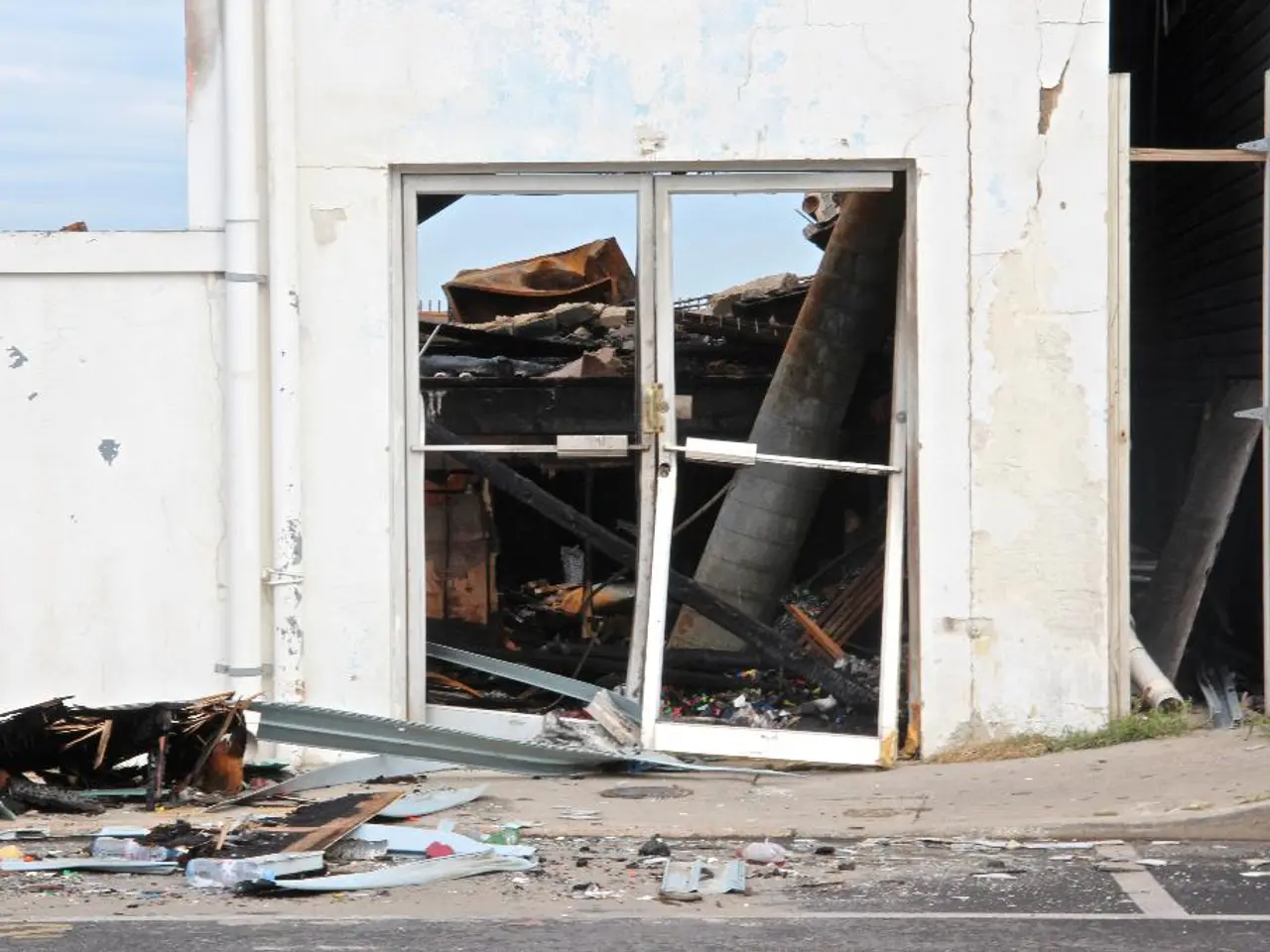Collapsed Arecibo Telescope: Crucial Discoveries and Observations Highlighted
The collapse of the Arecibo Observatory's 305-meter radio telescope in December 2020 was a significant event in the scientific community. The iconic observatory, completed in 1963 and the world's largest radio telescope for decades, contributed to significant scientific achievements in astronomy, atmospheric sciences, and radar astronomy.
The investigation into the collapse, conducted by the National Academies of Sciences, Engineering, and Medicine, has shed light on a series of structural failures compounded by environmental stresses and administrative challenges. The analysis identifies several factors that contributed to the collapse, with a primary focus on the zinc-filled spelter sockets that anchored the cables.
Although unproven, the hypothesis that the telescope's unique electromagnetic environment may have accelerated zinc creep through a process known as low-current electroplasticity (LEP) is considered a plausible explanation for the socket failures. This hypothesis is supported by circumstantial evidence, given the lack of alternative mechanisms for accelerated zinc degradation.
The collapse underscores the challenges in maintaining aging yet valuable scientific infrastructure. Hurricane Maria in 2017 led to multiple inspections and identified structural concerns in the cable system that suspended the telescope's platform. The report outlines the importance of vigilant maintenance, rigorous oversight, and adaptive funding models for ensuring structural safety and longevity.
The sequence of events leading to the collapse began with the failure of an auxiliary cable in August 2020, causing structural damage to the platform. Further degradation continued until November 2020, when a second cable failed, leading the National Science Foundation (NSF) to initiate a controlled decommissioning. On December 1, 2020, a third cable failed, causing the entire platform to collapse.
The report recommends that funding agencies explicitly allocate resources for the long-term maintenance and monitoring of aging infrastructure. It also suggests that reduced maintenance and inspection routines after the telescope's upgrades may have delayed the identification of early warning signs. The report further emphasizes the importance of independent audits to ensure that contractor-operated facilities adhere to established inspection and repair protocols.
The investigation serves as a critical reference for organizations managing large, complex research facilities worldwide. The report outlines essential lessons and recommendations for managing large scientific infrastructure, including improved oversight, proactive maintenance, enhanced engineering assessments, and long-term strategic planning for future large facilities—similar to recommendations made for other at-risk scientific infrastructure.
The Arecibo Observatory, located in Puerto Rico, facilitated radar mapping of celestial bodies and early discoveries in pulsar and exoplanet research. Although the observatory is no longer operational, the lessons learned from its collapse will undoubtedly contribute to the maintenance and safety of future large-scale scientific infrastructure.
- The scientific community is evaluating the potential impact of the Arecibo Observatory's collapse on space-and-astronomy, specifically considering if the unique electromagnetic environment influenced the zinc creep in the socket anchors through low-current electroplasticity (LEP).
- In light of the Arecibo Observatory's collapse, the importance of investing in technology-driven earth observation and fostering a space economy that ensures the long-term maintenance and safety of aging scientific infrastructure is being emphasized, to prevent similar incidents and further scientific losses.




